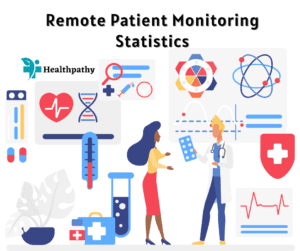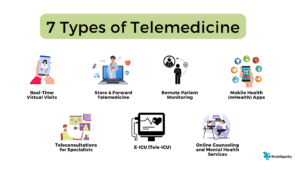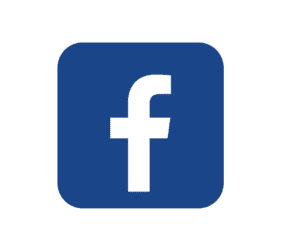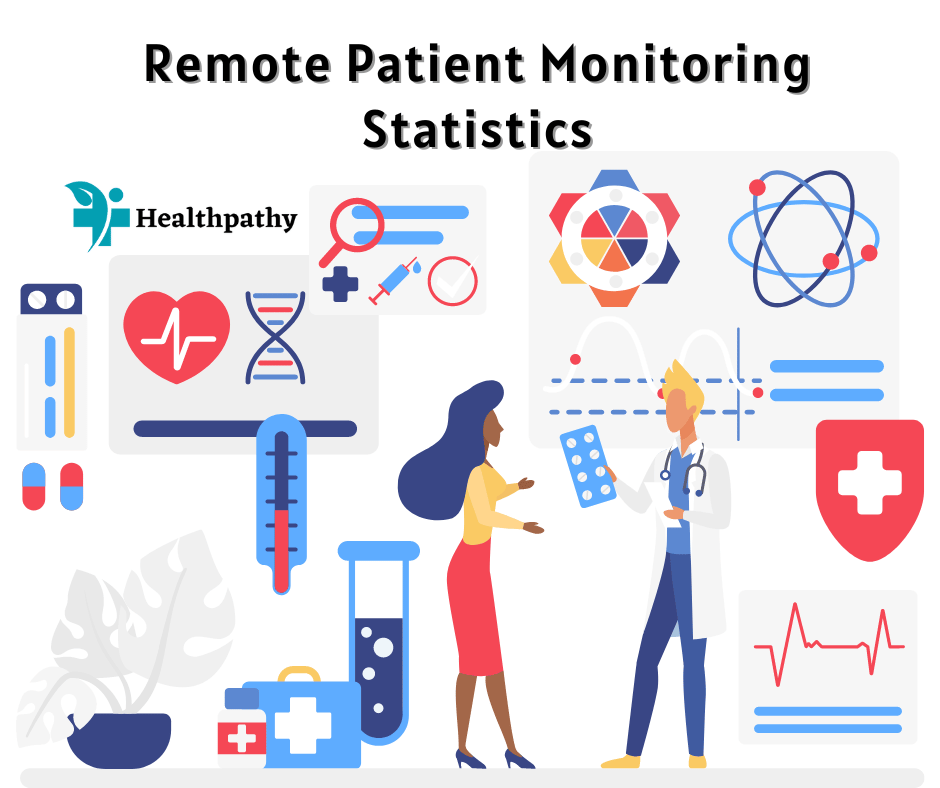Remote Patient Monitoring Statistics
Remote Patient Monitoring (RPM) is a revolutionary healthcare technology that allows healthcare providers to monitor patients’ health status outside of traditional clinical settings. Through the use of connected medical devices, wearables, and telemedicine solutions, RPM enables real-time data collection and analysis, enhancing patient care, reducing hospital admissions, and improving overall health outcomes. This article delves into the latest remote patient monitoring statistics, highlighting its impact on healthcare and the future of medicine.

Rapid Growth of Remote Patient Monitoring:
The adoption of remote patient monitoring has seen remarkable growth in recent years. According to a report by Grand View Research, the global remote patient monitoring market was valued at USD 1.2 billion in 2019 and is projected to reach USD 3.6 billion by 2026, with a compound annual growth rate (CAGR) of 14.7% during the forecast period. This staggering growth can be attributed to several factors, including the increasing prevalence of chronic diseases, the aging population, advancements in telecommunication technologies, and the rising demand for personalized healthcare solutions.
Impact on Chronic Disease Management:
Chronic diseases, such as diabetes, cardiovascular diseases, and respiratory conditions, impose a significant burden on healthcare systems worldwide. Remote patient monitoring has emerged as a powerful tool for managing chronic diseases more effectively. According to a study published in the Journal of Medical Internet Research (JMIR), RPM has led to a 25% reduction in hospital admissions and a 19% decrease in emergency room visits for patients with chronic conditions. These findings demonstrate the potential of RPM in preventing disease exacerbations and reducing healthcare costs.
Enhancing Post-Operative Care: Remote Patient Monitoring Statistics
Post-operative care is critical to the recovery process for surgical patients. RPM has shown promising results in enhancing post-operative care and reducing complications. A study published in the Annals of Surgery found that remote monitoring of post-surgical patients led to a 61% decrease in readmission rates within 30 days of surgery. By providing continuous monitoring and timely interventions, RPM ensures that patients receive the necessary support during their recovery. These lead to better outcomes and improved patient satisfaction.
Remote Monitoring and COVID-19 Pandemic:
The COVID-19 pandemic accelerated the adoption of telehealth and remote patient monitoring solutions. With the need to minimize in-person contact and reduce the strain on healthcare facilities, RPM became essential in monitoring COVID-19 patients remotely. A survey conducted by McKinsey & Company reported a 78% increase in the use of telehealth services during the pandemic. RPM played a crucial role in monitoring patients’ vital signs, oxygen levels, and symptoms, enabling healthcare providers to intervene promptly if a patient’s condition deteriorated.
Improving Medication Adherence:
Medication non-adherence is a significant issue in healthcare, leading to treatment failures and avoidable hospitalizations. Remote patient monitoring can address this challenge by providing reminders, tracking medication intake, and offering educational resources to patients. A study published in the Journal of Medical Internet Research (JMIR) revealed that RPM interventions resulted in a 40% improvement in medication adherence among patients with chronic diseases.
Impact on Healthcare Costs:
One of the most significant advantages of remote patient monitoring is its potential to reduce healthcare costs. By minimizing hospital readmissions, preventing disease complications, and promoting proactive care, RPM helps healthcare systems save money in the long run. A report by the New England Healthcare Institute estimated that RPM could lead to annual healthcare savings of up to $200 billion in the United States by improving chronic disease management and reducing hospitalizations.
Conclusion:
Remote patient monitoring statistics demonstrate the transformative potential of this technology in revolutionizing healthcare delivery. From managing chronic diseases to enhancing post-operative care, RPM has proven its value in improving patient outcomes and reducing healthcare costs. As technology continues to advance and healthcare providers embrace digital solutions, remote patient monitoring will undoubtedly play an even more significant role in shaping the future of medicine, making healthcare more accessible, efficient, and patient-centric.
Related Articles:



Follow us: Remote Patient Monitoring Statistics





